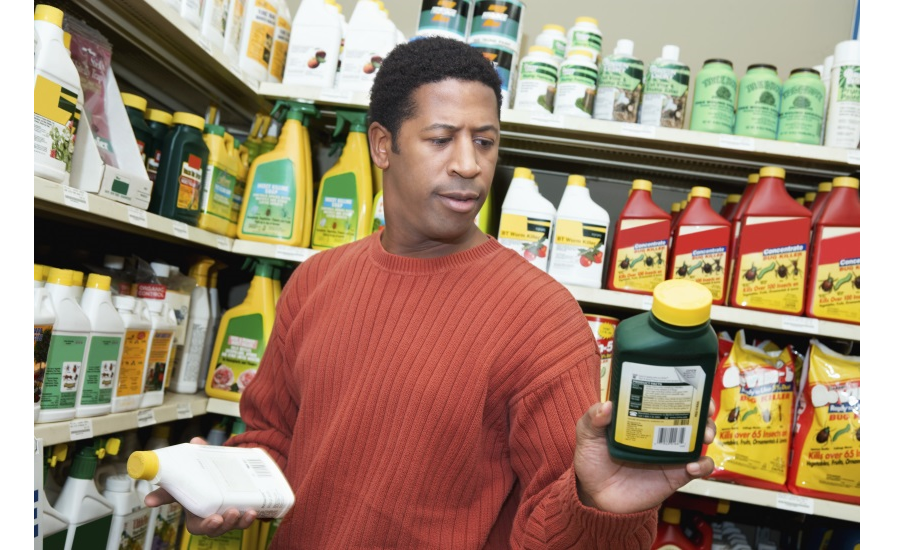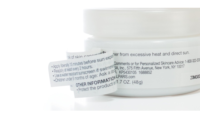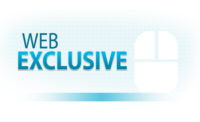Chemical labeling with ECLs

Expanded content labels (ECL) are a multi-paneled labeling option designed to display extensive amounts of information. ECLs can convey an abundance of information — ingredients, regulations, pictograms, languages and more.
There are multiple types of ECLs and can range from a couple of pages up to 70 page books. Depending on the need, many of the labels can be structured in different ways to deliver different amounts of pages. All ECL options are versatile in application and customizable, to an extent to fit any packages exact needs.
When considering an ECL for a household or commercial chemical product, manufacturers need to ask what they want to accomplish with the label. Is the label’s sole purpose to comply with a regulation or is it designed to enhance the value of the package? Thanks to ECLs’ flexibility, the label can fit both bills — an effective marketing tool that displays all of the required information to meet regulations.
In many instances, an ECL is a necessity for a chemical manufacturer’s product, but there are still many things to consider.
What regulations do chemical labels need to meet?
The Occupational Safety and Health Administration (OSHA; osha.gov) changed certain regulations for their Hazard Communication Standard (HCS) in 2015 and 2016. These regulations were changed to align with the Globally Harmonized System of Classification and Labeling of Chemicals (GHS). The changes were made to provide a coherent standard for classifying chemicals, and communicating hazardous information on labels and safety data sheets. Chemical manufacturers must have labels that include but are not limited to:
- A harmonized signal word
- Pictogram
- A hazard statement for each hazard class and category
- Precautionary statements
The Environmental Protection Agency (EPA; epa.gov) also has requirements for chemical labeling. The EPA’s requirements include similar items found in OSHA’s requirements like precautionary statements and a signal word. The EPA’s other requirements include but are not limited to:
- Name and address of the producer, registrant or person for whom produced
- Restricted Use Statement (if required)
- Product Name, Brand or Trademark
- Ingredient Statement
- “Keep Out of Reach of Children”
- EPA Registration Number and EPA Establishment Number
- Storage and Disposal Statements
- Referral Statement to Directions for Use in booklet, if any
- Net weight or measure of contents
Complying with the law requires many pieces of information to be displayed. An ECL is an ideal option to meet compliance without sacrificing the brands real estate on a label.
What branding/marketing options can increase the label’s effectiveness?
A manufacturer’s ECL can convey more than regulations and legal requirements. Marketing driven labels promote brand awareness and enhance the value of the package. A well designed ECL will ensure compliance without limiting the brand. With the additional pages, there are many options for information to include such as multilingual panels, non-regulatory pictograms and promotions.
What other considerations need to be taken when designing a label?
Design options for ECLs are vast and varied – type of material, the way it adheres, number of pages and fold design for those pages along with the actual graphics. Regulations and marketing decisions will play heavily into what design options are ideal for an ECL, but it is also important to consider the product’s environmental needs when making design decisions. Environmental aspects to consider are but not limited to:
- Will the product be around moisture?
- Is it a single use product or will it be opened and closed many times?
- How will the product be handled?
- What chemicals are likely to come into contact with the label – including those in the product?
- Will the product be outside and exposed to sunlight and other elements?
- What temperatures, humidity and environmental variations must the label face?
- What other element of the product’s environment could affect the label?
Extended content labels can be much more than a simple option to meet regulations for chemical labeling. With the extended content possibilities, ECLs can convey so much information in a unique way without limiting, but instead, improving the brand.
The original article was published on the Resource Label Group learning center here.
Looking for a reprint of this article?
From high-res PDFs to custom plaques, order your copy today!






